And throughout the summer, I’ve had to admit that no, I haven’t been feeling weepy or sentimental about my son’s upcoming departure for college. Not because I don’t love having him at home with us; not because I don’t worry, as the other mothers do, about what might happen once a child is far from home. But because my sense that this is the right thing at the right time is even more powerful than nostalgia.
In a way, it’s not surprising. I was never one of those mothers who posted photos of her preschoolers with captions like “Oh, please don’t grow up so fast!” I enjoyed every phase as it unfolded, but I also welcomed each new one as I watched my kids develop new skills, new interests, new kinds of independence with each year that passed.
But I also knew that with this, the biggest transition yet of Tim’s life, my general sense of good cheer might change. It was hard to ignore the articles flashing across my Facebook feed with headlines like “It’s normal for Moms to grieve their departing college freshmen.”
Would that be me, when Tim finally moved into his dorm four hundred miles south of home?
It could happen, but I don’t think so. As I write this, our family of four is packed into our Prius which is stuffed with Tim’s belongings – clothes, electronics, bedding, dorm accessories, textbooks. And so far I’m still feeling happy and excited for him.
Mothers say goodbye to their sons for all kinds of reasons. Mothers see sons go off to war. Or off to prison. We know mothers who haven’t lived long enough to see their sons depart for college. This was already something I’d thought about, but tragedy drove the point home to me anew last week, when a childhood friend of my husband’s lost his teenage son in a fatal accident. No, I thought, thinking back to those articles in my Facebook feed, sending a child off to college is not cause for grieving. Grief is for when you lose a child altogether. As we send our son off on new adventures, another set of parents is beginning a process of mourning that will last the rest of their lives. Our excitement on Tim’s behalf has been tempered this past week with overwhelming sorrow for our friends.
I do understand why parents feel sad when a child leaves home, and my feelings might change once I see his empty bedroom. But for now, my overwhelming emotion is gratitude. Yes, I’ll miss him. He’s a joyful presence and a lot of fun to be around, and our household will feel diminished by his absence. And even having gotten this far, he’s only at the beginning; it still may not all work out according to the way he imagines.
But just being here to witness his dreams coming true is a privilege for me. Thanks to a combination of hard work on Tim’s part, financial planning on our part, and a huge helping of good luck, Tim is on his way, exactly in the way he’d hoped it would happen. To every thing, there is a season, as Ecclesiastes tells us. Now it’s Tim’s season to try to make his next set of dreams come true, and my season to watch with hope and love as that happens.
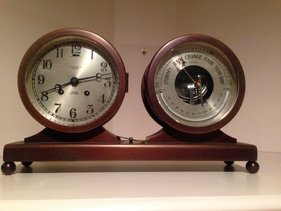
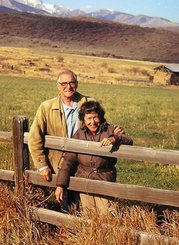
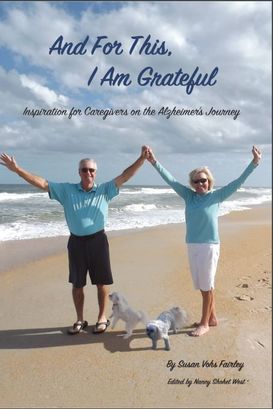
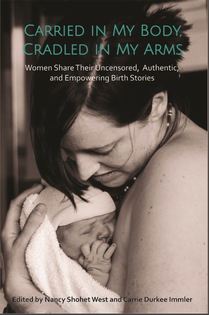
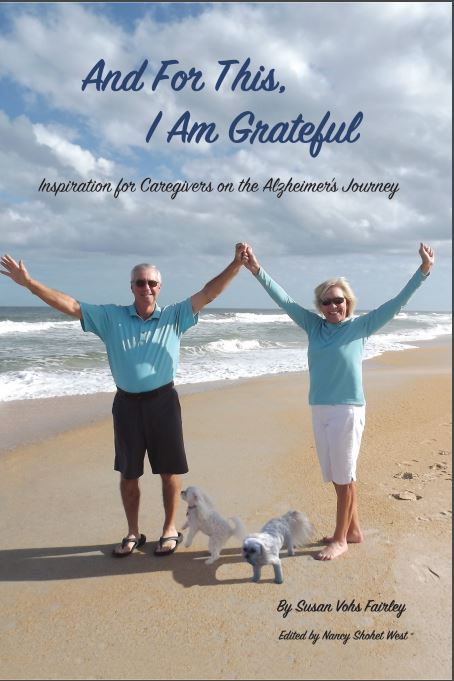
 RSS Feed
RSS Feed